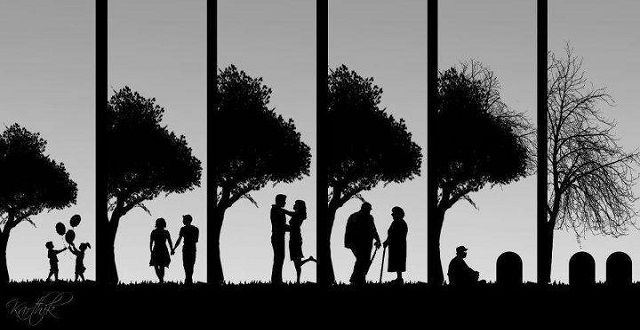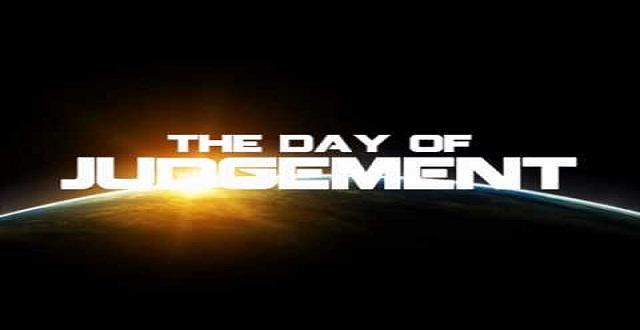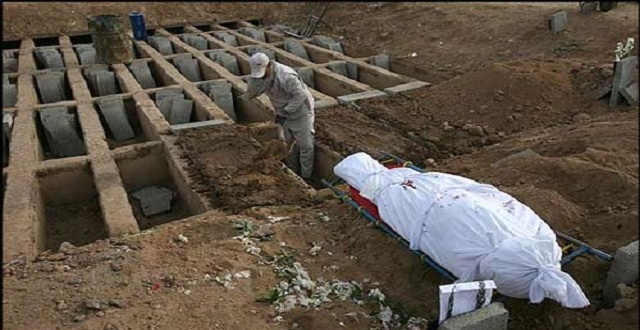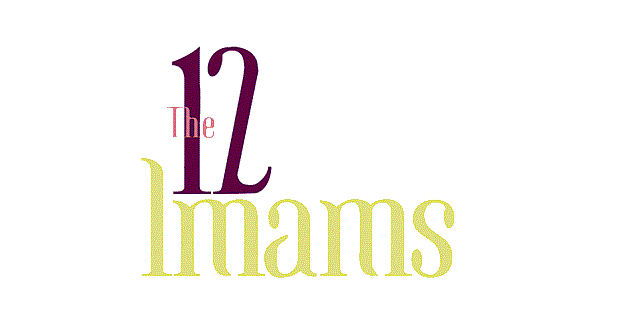The Resurrection ad The Philosophy of Creation
Many ask the question, “Why did God create us?”
And sometimes they go further than this and ask, “What is the philosophy of Creation of this great universe?”
A gardener plants a tree for its fruit and he plows the earth for seeds and spreads the seeds, why did the Great Gardner of Creation create us?
Was God lacking something that He created us?
If so, He will be in need of something and this does not suit the fact that He is in the station of the Creator and is Infinite in Existence.
There are many words which have been written in response to this question but it can be summarized in a few sentences.
It is a great mistake to compare God’s Qualities with our own. As we are limited creature, everything we do is in order to eliminate a need. We study in order to make up for the deficiency we have in learning.
We work in order to make up for the economic deficiency we have.
We seek after health centers and treatment in order to meet our health requirements.
In relation to God Who is Needless from all points of view, if we do something we must seek Him in other than His Existence. He does not create in order to benefit from His Creation, rather His goal is to Be for His creatures.
He is like a sun which is full of radiance and is Infinite without Him having any need, He illuminates so that all may gain advantage from it. This is what His Infinite Essence is and His special blessing where He has taken the hands of His creatures and moves them towards transformation and perfection.
Our creation from non-being was itself an outstanding step of transformation. The sending of the prophets and the descent of a heavenly Book and the formulation of laws and programs are each to be reckoned to be a basis for us.
“This universe is a great university and we are students in this university”.
“This world is a readied pasture and we are the farmers of this land”.
“This world is a beneficial, commercial center and we are merchants in this bazaar.” (Nahj al-Balaghah)
How can we, for the creation of humanity, be the purpose of a goal? When we look around ourselves and we look at each and every creature, each one has a goal.
In the wondrous system or factory of our body, there is nothing which is without a goal including our eyelashes and the arches in our feet.
How is it possible that the structure of our body, each particle of it, have a goal but the totality of our being lack one?
We leave aside our own bodies and we look at the great world; we see that every system has a separate goal, the goal of the shining of the sun, the goal of rain falling, the goal of the special characteristics of the air that breathe, but it is possible that the totality of this then, lack a goal?
The truth is that within the heart of this expansive universe, it is as if these where a painting showing the final goal which we cannot always see at the first moment but it says, “Education and transformation.”
Now that we have briefly become familiar with the goal of creation, words are about whether or not our life of a relative few days with all of its difficulties, problems and deficiencies can be the goal of creation?
Let us assume that I will live 60 years in this world and everyday from morning until night, I struggle to earn a living and at night, exhausted, I return home and the conclusion or result is that throughout my life, several tons of food and water are consumed and with difficulty, I purchase a house and then die and leave this world. Does this goal have the value to call me to live with all of these difficulties?
In truth, if an architect builds an enormous building in the wilderness and he spends many years completing it and he provides it with all of the necessary facilities and when he is asked, “What is your purpose?” He says, “My goal is that all of my life I build this building for passer-bys to spend an hour in it!
Will we not be surprised and will we not say, “Does one hour of rest of a passer-by need all of this effort?”
Because of this, those who do not believe in life after death, think that life in this world is absurd and this perspective is often repeated in the words of the materialists, to whom living in this world is purposeless. Often, among these individuals there are people who commit suicide because they are tired of this life.
That which gives purpose to life and makes it logical is because it is the preliminary for another life and the bearing of the difficulties of this life is preparatory for making use of the way towards an eternal life.
Here we had previously presented an interesting example, and that is that if a fetus which is in its mother’s womb had sufficient intelligence and if they were to say to it, “There is nothing after this life for you,” the fetus would most certainly object to this and would ask, “What purpose is there in my being imprisoned in this environment? To go through all this and then nothing?”
The Creator had a purpose in this creation!
But if we are assured that these several months are but a quickly passing phase and the preparatory stage for a relatively long life in this world, a world which in relation to the world of a fetus, is extensive and full of light and in relation to that it has several stages, the fetus will be assured that the period of gestation makes sense and that it has a goal and because of that, it is bearable.
The Holy Qur’an says:
“And you certainly know already the first form of creation. Why then do you not celebrate praises?” (56:62)
In summary, this world cries out with all of its being that there is another world after this world, otherwise it would be useless.
Listen to the words of the Holy Qur’an,
“Did you then think that We had created You in jest and that you would not be brought back to Ifs (for account)?” (23:115)
This refers to the fact that if there were no return to God, as mentioned in the Holy Qur’an, through the resurrection, the creation of human beings would be equivalent to being useless.
The conclusion is that the philosophy of creation says that after this world, another world must exist.
Think and Answer
1. Why can the Qualities of God not be compared to the qualities of a human being?
2. What was the purpose behind our creation?
3. Can life in this world be a goal for the creation of the human being?
4. A comparison of the life of a fetus with life in this world teaches us what?
5. What reasoning does the Holy Qur’an give for the creation of this world for the existence of the hereafter?










